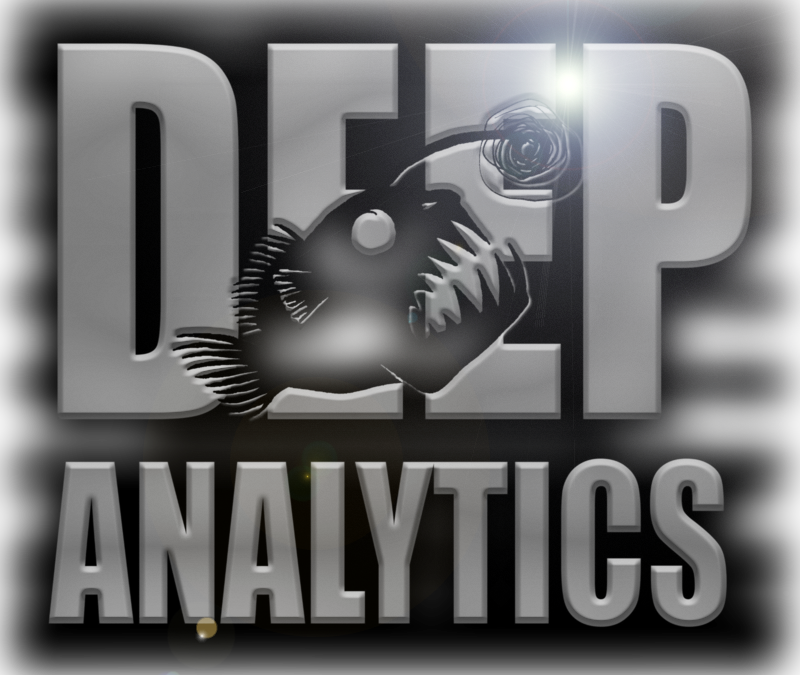Strategy Development
Whether you are looking for an ML solution for an existing sensor or want to build ML in at the design phase, DA can help. Once we capture all application details and understand your goals, we will develop a technical roadmap and project schedule to build the ML solution. From collecting field data to training the ML model to deploying the model on your hardware, our technical roadmap will identify each task required to implement your automated sensing solution.
Data Collection
Some customers want to integrate AI and ML decision support tools into their products and processes, but they don’t have the data to get started, which is essential for developing AI/ML solutions. DA can advise you on how to collect the data you will need, providing help with all aspects of data collection, from assisting with sensor installation and implementing data recording hardware to developing test plans and conducting field data collection events.
Spectrograms generated using audio processing DA developed to classify a soundscape. Each channel of an RGB image displays audio uniquely filtered to help identify location and speech. DA processed a large collection of raw audio data to develop a classification dataset for a recent ML competition.
Dataset Development
To build predictive models, ML algorithms must be trained with data for key events observed in your data streams. However, raw sensor data usually needs to be converted to a specific format to train an AI/ML solution. This often requires specialized signal or image processing to convert raw data to a format that works best for ML algorithms.
Different dataset formats are also needed to train specific types of ML algorithms. For object detection algorithms, an annotated dataset that provides bounding boxes and labels for each target are required. For classification models, a dataset with image and label pairs is required. For anomaly detection, raw sensor data that is only lightly processed can often be used.
DA can help with both building the dataset, which is often manual and labor intensive, and pre-processing the data to highlight specific behaviors of interest. DA also uses many tricks of the trade to expand the size of your dataset so that more robust algorithms can be developed. To augment datasets, we often use a combination of simulation and state-of-the-art neural networks to generate synthetic data samples. For example, below are synthetic data samples generated with a Generative Adversarial Network (GAN) for an object detection application.
Model Development
Many state-of-the-art AI/ML algorithms exist, and new ones are released every day. With so much ongoing development in the AI/ML space it can be overwhelming to select an algorithm for a particular task. DA stays current with ML research and has go-to algorithms for many different applications. We use state-of-the-art ML software frameworks, including TensorFlow and PyTorch to train and evaluate ML models. DA also has over 60,000 NVIDIA GPU cores across 4 Lambda Labs GPU workstations to efficiently train ML models.
Deployment
DA’s core capability is developing custom embedded ML solutions. We have developed operational ML algorithms for hardware with only 32KB of RAM to sensor systems that produce 6GB of data per minute. Depending on an application’s power budget and form factor, DA may propose a variety of computing targets, including NVIDIA Graphics Processor Units (GPUs), Tensor Processing Units (TPUs), and small single board Linux computers with ARM-based Central Processor Units (CPUs).
Sustainment
From sensor upgrades to new background noise sources, to new applications and ML algorithms, technology evolves, and so should your solution. DA can work with you to sustain an AI/ML tool for your application.


